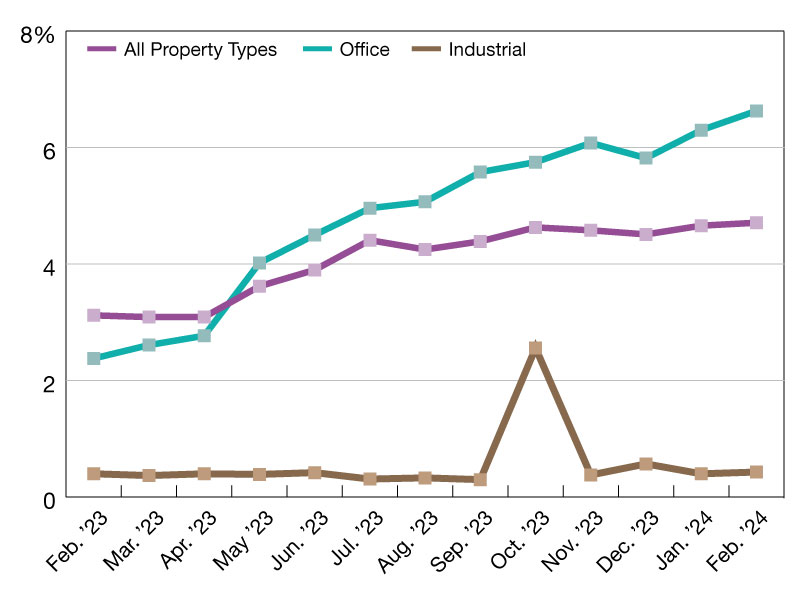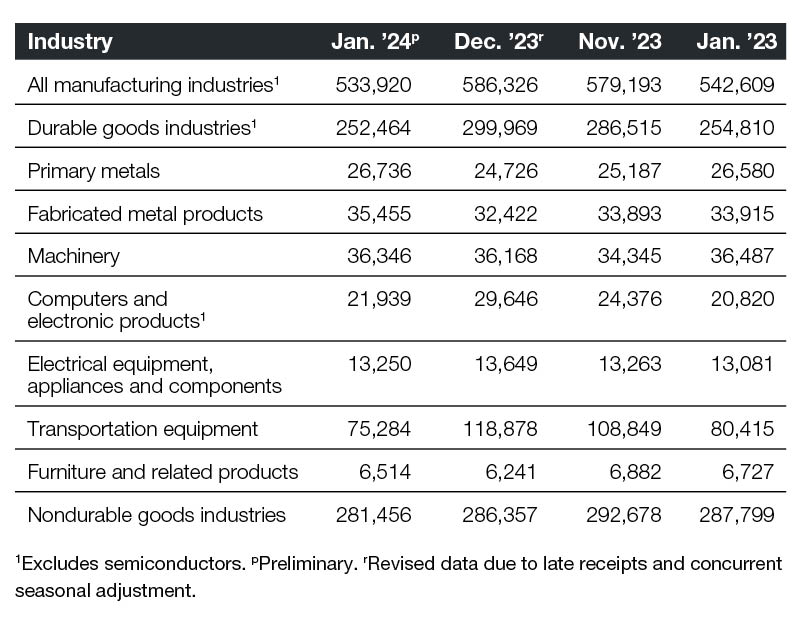Economist’s View: Inflation Is Not as Bad as the Fed Thinks It Is
The picture has rapidly improved, according to our economics columnist.
The inflation picture has rapidly improved. This is not primarily due to the Fed’s too-rapid interest rate increases, but rather because supply in many sectors has caught up to demand. This has occurred even as demand thankfully continues to grow and despite the Fed’s best efforts to create a recession. There are many examples of improved supply chains, including oil prices, apartment development and freight moving through harbors.
The result is that month-over-month U.S. inflation was negative or near zero across the economy in May. The annualized inflation rate was just 1.2 percent, and core CPI rose at an annualized rate of 6.6 percent in May. This compares to inflation rates above 11 percent in May of 2022. And while headlines screamed that the year-over-year increase was more than 5 percent, the price base of a year ago is ancient history. The relevant point is that prices have basically ceased rising. Nonetheless, the Fed raised rates an additional 25 basis points in May to 5.00 to 5.25 percent. (Currently, the Fed has paused increases, but it has indicated that more hikes are not out of the question.) Understand that at 5.00 percent, the real short-term rate is a destructively high 3.8 percent.
“First do no harm” is wise counsel, which has prevailed for at least two millennia. It basically says, “Look carefully before you leap, particularly in precarious moments when you are encumbered with a lack of clarity on the right decision.” Alternatively, it implores us to be humble in our ignorance. Yet as the banking system teetered in the wake of too-fast rate increases by the Fed (compounded by poor Fed oversight), the Fed felt compelled to raise rates another 25 basis points in May. Thus, even as it was taking unprecedented steps, such as guaranteeing all deposits in order to stop bank runs, it was so convinced of its righteous powers that it raised rates. This is literally breathtaking, particularly since month-over-month inflation indicators were showing 1.0 to 2.5 percent annualized inflation.
Anyone knowledgeable about housing markets knows that even these reported inflation numbers skew higher than reality, as they are driven by housing cost inflation, which, in fact, was non-existent in the most recent period. Further raising rates is clearly “doing harm,” as displayed by the subsequent failure of First Republic Bank. Paul Volker persuasively noted that short rates should be higher than inflation, but with near-zero inflation, there is no case for why rates should be 5-plus percent.
To better predict inflation going forward, we forecast the next three months of CPI and core inflation by taking the average annualized percent change of the previous three months. Using this method, we predicted that June would see CPI rise by just 2.8 percent, followed by respective increases of 2.0 percent and 2.4 percent in July and August. Meanwhile, we predicted that core CPI would increase by 4.2 percent in June, followed by 5.2 percent in July and 5.3 percent in August. Both of these scenarios are nothing to be concerned about and yet neither of them takes the current housing costs into account.
As previously discussed, the official CPI calculation is using lagged housing data. When one assumes zero inflation for housing costs (which was surely true in the real world in the past two months) and keeps all other inflation components as reported, overall consumer inflation is near zero. Looking forward, assuming housing inflation is flat, we expect that “true” CPI will see an increase of only 0.2 percent in June, followed by decreases of 0.6 percent in July and 0.4 percent in August. Similarly, if housing is flat, we predict that core CPI will only increase by 0.2 percent in June, followed by decreases of 1.3 percent in July and 0.3 percent in August. These inflation numbers are well below the year-over-year numbers that are making the headlines.
Dr. Peter Linneman is a principal & founder of Linneman Associates and Professor Emeritus at the Wharton School of Business, University of Pennsylvania. Follow Dr. Linneman on Twitter: @P_Linneman









You must be logged in to post a comment.